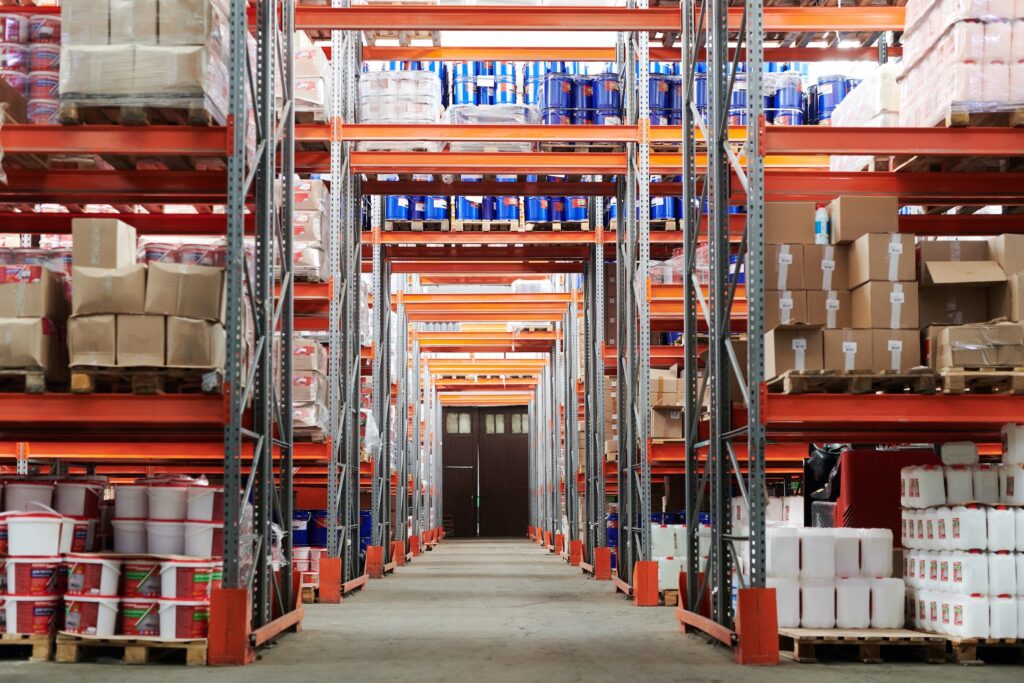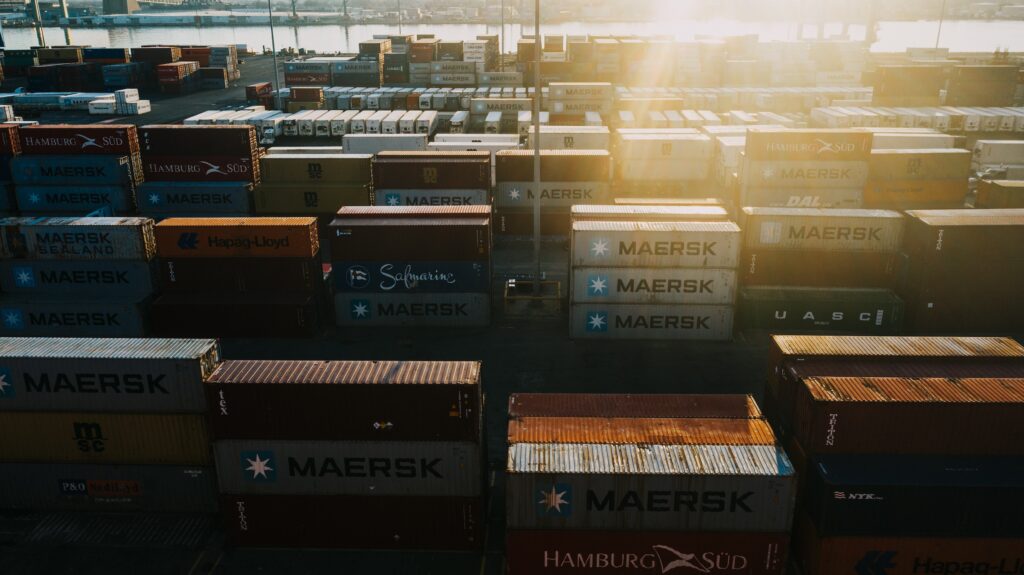Amazon FBA Fee Structure Explained: Where All that Money Goes

Amazon’s marketplace has become THE channel for a rapidly growing number of entrepreneurs. At the same time, and within that e-commerce framework, Fulfillment by Amazon (FBA) has become the most common way to capitalize on an increasingly lucrative ecosystem.
Launched way back in September of 2006, Amazon FBA was (and in many ways still is) a revolutionary service that allows entrepreneurs and businesses to store their products in Amazon’s fulfillment centers. From there, Amazon handles storage, packaging, shipping, and customer service.
There are three principal ways that you can use a better understanding of the FBA fee structure to grow your business. Knowing the overall cost breakdown, evaluating your own inventory management process, and taking advantage of Amazon’s vast resources will help position you for success.

Know the Cost Breakdown
It’s essential to understand the different types of FBA fees and how they apply to your products. This includes fulfillment fees (based on size and weight), storage fees (based on cubic foot and time of year), referral fees (as a percentage of total sales price), and potential additional fees (like long-term storage fees, removal order fees, etc.). These fees can quickly add up and eat into your profit margins if you’re not careful.
Evaluate Your Inventory Management
Long-term storage fees can significantly increase your costs if your inventory turnover rate is slow. It’s crucial to manage your inventory efficiently to avoid these fees. Monitor your product’s sales velocity and adjust your restock strategies accordingly. Additionally, consider removing slow-moving products to free up valuable storage space and avoid unnecessary charges.
Use Amazon’s Resources
Leverage tools like Amazon’s FBA Revenue Calculator to estimate your potential profits after considering all FBA fees. This tool can be incredibly valuable in making informed decisions about product pricing and assessing the profitability of your FBA venture.
As with most services, however, FBA comes with a wide variety of associated costs.
Understanding Amazon FBA’s fee structure is essential to maximizing profitability. Beginning with Amazon’s fulfillment fees, let’s take a closer look at the wide variety of different fees associated with Amazon’s online-selling ecosystem
Fulfillment Fees
Amazon’s fulfillment fees cover order handling, picking and packing, as well as freight handling. These fees are primarily based on the product’s size and weight. It’s also one of the areas of Amazon online selling that changes the most. Based on Amazon’s most recent updates, this is a summary of the current fee structure as of June 2023.
Fees for apparel products are slightly different. The complete list of Amazon’s fees is here.
- Amazon’s Small and Light program: Reduced fulfillment costs on qualified items weighing less than 3 pounds ranging from $2.47 for (Small and Light) small standard products with a max dimension of 15″ x 12″ x 0.75″ weighing less than 4 ounces to $5.40 for (Small and Light) large standard with a max dimension of 18” x 14” x 8.”
- Small Standard Products: Weighing less than a pound, with a max dimension of 15″ x 12″ x 0.75″, fees range from $3.22 for a shipping weight of less than 4 oz or less, to $3.77 for products weighing from 12 to 16 ounces.
- Large Standard Products: Weighing less than 20 pounds, with a max dimension of 18″ x 14″ x 8″, fees range from $3.86 for a shipping weight of less than 4 oz or less, to $7.17 + $0.16/half-lb above first 3 lb for products weighing over 3 pounds.
- Oversize Products: These are items exceeding any of the dimensions above. The categories include small, medium, large and special oversized, with fees ranging from $8.26 for small oversize items with a max dimension of 60″ x 30″, and a weight of less than 70 lbs, to $158.49 + $0.83/lb above first 90 lbs for special oversize items.

Storage Fees
The next crucial component in the fee structure are storage fees. Amazon charges for the space your inventory occupies in their warehouses. Storage fees are calculated per cubic foot and differ depending on the time of year.
- January – September: The fee is $0.87 per cubic foot for standard-size items and $0.56 for oversize items.
- October – December: In these peak months, fees rise to $2.40 per cubic foot for standard-size items and $1.40 for oversize items.
Referral Fees
Every time a product is sold, Amazon charges a referral fee, which is a percentage of the total sales price. The percentage varies by category and can range from 6% to 45%, though for most products, it’s between 8% and 15%.
Long-Term Storage Fees
If your products remain unsold in Amazon’s warehouses for over 365 days, you will be subject to long-term storage fees. These fees are $6.90 per cubic foot or $0.15 per unit, whichever is greater.
Removal Order or Disposal Fees
If you wish to remove your unsold inventory from Amazon’s warehouses, you’ll incur removal order fees. The cost ranges from $0.45 to $1.06 per standard size item, and $1.62 to $4.38 per oversize item, depending on the item’s weight and size.
FBA Label Service
If you opt to have Amazon label your products for you, you’ll be charged $0.30 per unit. This service is optional, and sellers can choose to label their products themselves to avoid the fee.

FBA Prep Service Fees
This optional service includes prepping your products to meet Amazon’s requirements. Fees vary based on the type of prep needed. For instance, bubble wrapping costs $0.80 per item, while poly bagging costs $0.50 per item.
Returns Processing Fees
When a customer is refunded, Amazon will refund the majority of the referral fee and tax, but not the entire fulfillment fee. Amazon will typically withhold up to 20% (up to $5 per unit) of that product’s referral fee. For specific categories, if a customer returns an item, Amazon charges a returns processing fee equal to the original fulfillment fee.
Unplanned Service Fees
At times, if your inventory arrives at an Amazon fulfillment center and it’s not compliant with FBA product preparation requirements, Amazon might perform the necessary services to fix the issues and charge a fee for it. This is what’s known as Unplanned Service Fees. These fees vary based on the size of the items and the type of service performed.

High-Volume Listing Fees
If you have a single SKU that exceeds a specific number of units in FBA inventory, you may incur a High-Volume Listing Fee. The threshold is 100,000 units, and the monthly fee is $0.005 per unit beyond that threshold.
Rental Book Service Fee
For those selling books on a rental basis, Amazon charges a Rental Book Service fee. This fee is $5 for every rental book sold.
FBA Liquidations Fee
If you wish to recoup potential losses on your inventory, you can use FBA Liquidations. Amazon charges a fee based on the category and the proposed liquidation value of your product.
Take Advantage of Amazon’s Revenue Calculator
While these fees might seem overwhelming at first, the benefits and potential profitability offered by FBA often outweigh the costs for many sellers. However, it’s crucial to fully understand this fee structure to make the most informed decisions for your business.
Given the depth and complexity of Amazon FBA’s fee structure, it is beneficial to use Amazon’s FBA Revenue Calculator. This tool can give you an estimate of your fees and potential profitability.
How Canopy Management Can Help
Amazon FBA can be a highly effective way to streamline your operations and reach more customers. It offers a wide array of services from storage and fulfillment to customer service, and more. By understanding the associated fees and structuring your pricing and inventory management strategies accordingly, you can leverage FBA to help grow your business and bottom line.
As you can see, if your Amazon selling account isn’t properly managed, it’s easy for these charges to add up. If you want to get a big head start, reach out to the team of industry-leading pros at Canopy Management.
Canopy Management is a full-service marketing agency for Amazon and Walmart sellers. Our team consists of former Amazonians, multi-million dollar sellers, and award-winning experts.
When you consider the many ways that Canopy Management can help you grow your business, you’ll see why selling on Amazon is much easier “under the Canopy.”
- Strategic Growth Planning
- Listing Copywriting Optimization
- Listing Photography
- Product Videography
- Advertising Management
- Customer Service
- Demand Side Platform (Amazon DSP)
- Amazon Posts
- Full Service Management
- Amazon Review Aggregation



